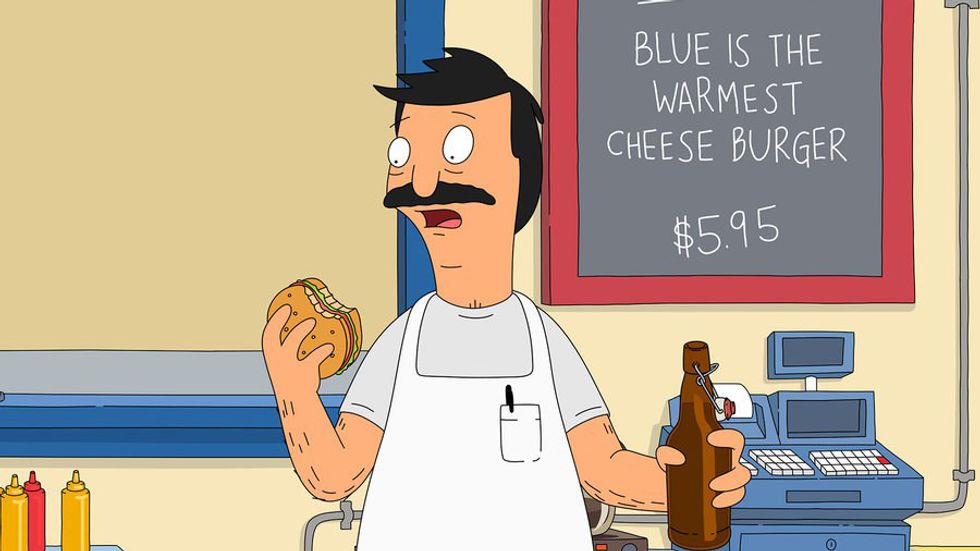This Independence Day, while we were out celebrating our country's freedom, a Michigan act was made effective in order to give more Americans access to that freedom.
The state of Michigan placed the Human Trafficking Notification Act into effect on the 4th of July, which requires that signs offering help to victims must be posted (in at least English and Spanish) in rest stops, bus stops, train stations, airports and any business that profits off of undressed people. Find out more information about this at Michigan's government website.
This is awesome. Wonderful. I'm sure many people will benefit from its posting, and I commend the state of Michigan for passing such legislation.
But it got me thinking: how much do any of us in the general population know about human trafficking, and how to recognize and help potential victims? I've done some research, and compiled some facts for all of us. Take a look, and see what you can learn! It just might help you save a life some day.
1. Human Trafficking is More Than Sex Slavery
Sex trafficking is indeed a type of human trafficking, but labor trafficking is also an important part of the equation. Human trafficking is modern day slavery, thus anyone who is forced (threatened, blackmailed, deceived) to do any type of work—sexual or non—is a victim of human trafficking. Common places for labor trafficking are hotels, restaurants and the agriculture and construction industries.
2. Human Traffickers Are Appallingly Rich
The human trafficking industry makes billions and billions of dollars each year off the forced labor and sex of others—$150 billion worldwide, actually, according to the International Labor Organization.
3. Human Trafficking Happens in the United States
These numbers aren't precise, but the Polaris Project estimates that the number of slaves is easily in the hundreds of thousands of people (this estimation includes both children and adults.)
(Facts in points 1-3 were found at the Polaris Project)
4. Trafficked Slaves Are Working for You
Many common products we buy every day have forced laborers working somewhere in their production line. The website slaveryfootprint.org will let you take a quick test on the items you commonly purchase and consume, and calculate how many slaves worked somewhere in the production lines of your products. I took this test and found out that about 37 slaves work to produce the products I buy. These are real people experiencing real suffering because of the products I choose to buy. Take the test. You'll be surprised by the results.
5. You Can Help Victims of Human Trafficking
Learn to recognize the signs of a human trafficking victim. These signs include, but are not limited to:
-fearful, submissive or anxious behavior
-working for excessively long periods of time
-a lack of control (over money, speaking or possessions)
-seemingly unaware of location or time
These signs were taken from the Polaris Project but they have many more listed. Check them out!
If you meet someone you fear may be a victim of human trafficking, call the National Human Trafficking Resource Center hotline at 1-888-373-7888 or text them at 233733 (these are the same numbers given on the new Michigan signs.)
Additionally, look into the products that you purchase. Try and find fair trade products (products with production lines that are guaranteed to be slavery free.) There's more out there than you would think! Check out these links to find lists of brands that are fair trade: Fair Trade USA andFair Trade America
Finally, support organizations that are fighting against human trafficking. A couple of these include the Polaris Project and UNICEF. Follow these links to see how you can become involved in their mission and help save lives!
The Polaris Project
Unicef
It's easy to distance ourselves from human trafficking victims, but we need to remember that the victims of these crimes are real people experiencing real suffering.
What will you do to help them?

































